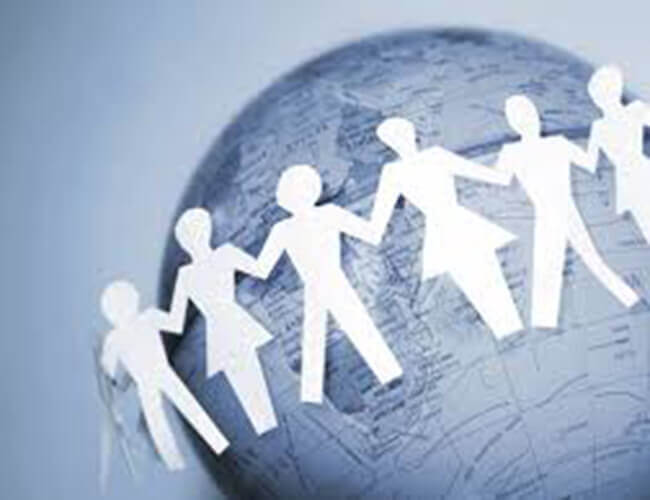This is a cross post from Beth’s Blog, click here for the original post.
Prior to founding Cloud for Good, I worked for a nonprofit organization that loved to collect information. When I joined the organization as a director of resource development, I inherited the organization’s most kept treasure, an Excel spreadsheet with all the donors and foundations we had contacted in the past six or seven years. This was (by far!) the largest spreadsheet I have ever seen in my life. In addition to this Excel, we had Constant Contact for email marketing, Eventbrite for event management, Outlook, and Quickbooks .
Excel is great with numbers but it is very limited. As a resource developer I could not efficiently track year to year donations or identify if one of our graduates was a potential donor. It was a great tool to analyze quantitative information but it did not enable me to manage relationships between the information I tracked; Excel is “flat”.
When I spoke with my peers I identified common issues they were having with their existing donor database:
- It was too complicated
- It did not do what theyyou needed it to do
- They could not access the information when they needed it most
- When they accessed the information, they could not understand it
- When they understood the data they didn’t trust it
- They felt like they worked for the system
- There awer too many systems
- It doid not support their mission
While working at this nonprofit, I learned about Salesforce Foundation and their philanthropic model that allowed us to receive 10 free licenses, the ball started rolling… We migrated from Excel to Salesforce and doubled our income from donations within 12 months. While implementing a new technology does not automatically double your fundraising results, Salesforce was the secret source to this success.
First and foremost, Salesforce is not a donor database. We realized that our relationships with our constituents were constantly evolving. One of our participants became a facilitator and later a donor. Maintaining their information and interactions in multiple locations made it very difficult for us to cultivate relationships. Instead of spending hours comparing files, importing and exporting data from Constant Contact to Eventbrite and back to Excel, and attempting to de-duplicate these various data sources we focused on building relationships.
Salesforce made it very easy to track every interaction I (or anyone else in my development team) had ever had with a prospect, donor, or a foundation including, phone calls, emails, tasks, or meetings. The ability to centralize all our information also allowed us to create an institutional memory which was extremely important for our donor cultivation efforts. Best of all we accessed this information from anywhere- on any mobile device and at any time.
Salesforce’s flexibility and integration allowed us to track a lot of customized information about our donors. Therefore, while we communicated with many individuals and organizations, our messaging was very personalized. Additionally, Salesforce’s automatic workflows allowed us to create tailored “action plans” for each fundraising opportunity. For example, when a gift was smaller than $100 we had set up the system to send them an automatic email thank you letter, when it was between $101-$1,000 we added the gift to an “end of the week” acknowledgement list, and if the gift was larger than $1,000 the system created a task for the executive director to give them a call as soon as possible.
We used to only track the gifts we won or lost. One of my favorite features of Salesforce is that it allowed me to start tracking the gift even before I even did the ask or submitted the letter of intent. This feature allowed me to know -at any given moment-how many proposals I had out and how many I might have next month. It allowed me to forecast, based on past years’ experience and by doing, it helped me become more efficient.
I always tell our clients that if I talk to them in 3 years and they are still using the exact same customization in Salesforce something is wrong. I am not looking for dramatic changes, but just like your mission is not going to be exactly the same in 3 years, so shouldn’t your CRM. Salesforce is constantly changing and evolving to help our clients keep their constituents in the center.
From finding new donors, growing gifts from existing supporters, or managing the back-end fundraising efforts, Salesforce helps organizations establish and grow donor relationships in addition to the donation cycle from pledge to payment.





